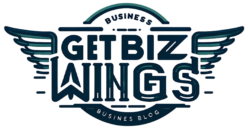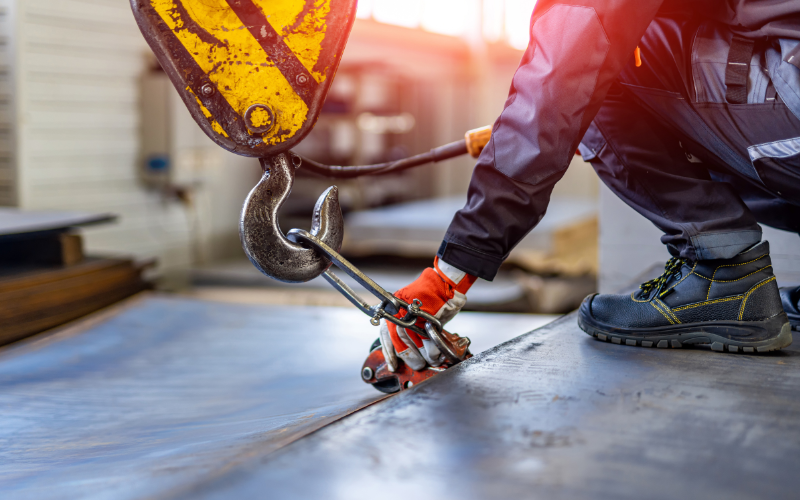Moving heavy machinery in a cleanroom environment is no small task. It requires careful planning, the right equipment, and precise execution to ensure the process is smooth and safe. However, several common mistakes can occur during the lifting and rigging of heavy machinery that can jeopardise the entire operation. Here are some key pitfalls to avoid to ensure a successful cleanroom move.
Inadequate Equipment
Using the wrong equipment or failing to maintain it properly is another mistake. Lifting and rigging require specialised tools such as cranes, hoists, and jacks. Each piece of machinery must be handled with the appropriate equipment to ensure safety and efficiency.
Regular maintenance of lifting and rigging equipment is crucial. Faulty equipment can lead to accidents, delays, and even damage to the machinery. Always ensure that all equipment is in good working condition before starting the move.
Underestimating the Importance of Training
Many tend to overlook training, but it is essential for those involved in the lifting and rigging of heavy machinery. Proper training ensures everyone understands how to operate the equipment safely and effectively. Without adequate training, there is a higher risk of accidents and injuries.
Employees should receive proper training not only in the operation of lifting and rigging equipment but also in emergency procedures and safety protocols. This comprehensive training helps to minimise risks and ensures a smoother moving process.
Neglecting Load Calculations
Accurate load calculations are critical in the lifting and rigging process. Incorrect calculations can lead to equipment failure, accidents, and potential damage to the machinery or cleanroom. It is essential to know the exact weight and balance of the machinery being moved.
Load calculations should include not only the weight of the machinery but also the centre of gravity and any additional forces that may be applied during the move. It ensures that the equipment used can handle the load safely.
Lack of Proper Planning
One of the most critical errors in cleanroom moving is the lack of thorough planning. Detailed planning involves understanding the weight and dimensions of the machinery, the layout of the clean room, and the path that the equipment will take. Without this, the move can lead to unexpected obstacles and delays.
Proper planning should include a risk assessment and a detailed moving plan. This plan must cover all aspects of the move, including the equipment needed, the personnel involved, and the specific steps to take. Neglecting this can result in damaging the machinery or the cleanroom environment.
Failing to Use the Jacking and Skidding Method Correctly
The jacking and skidding method is often used in lifting and rigging heavy machinery. However, incorrect use of this method can lead to significant problems. This technique requires precise control and proper equipment to ensure the machinery is lifted and moved safely.
Understanding how to lift heavy machinery using the jacking and skidding method is crucial. Ensure that jacks are placed correctly and the skids are secure before moving the machinery. Any mistakes in this process can result in instability and accidents.
Ignoring Environmental Conditions
The environment of the cleanroom must be considered when moving heavy machinery. Cleanrooms have specific requirements regarding cleanliness, air quality, and contamination control. Ignoring these conditions can compromise the integrity of the cleanroom.
Before starting the move, ensure that all equipment is clean and that procedures are in place to prevent contamination. This includes using cleanroom-approved materials and equipment and following strict protocols to maintain the cleanroom’s environment.
Insufficient Communication
Clear and consistent communication is vital during the moving process. Miscommunication can lead to errors, accidents, and delays. All team members must be on the same page regarding the plan, the steps to be taken, and any changes during the move.
Regular meetings and updates can help ensure that everyone is informed and prepared. This reduces the risk of misunderstandings and keeps the moving process on track.
Skipping the Final Inspection
Once the machinery has been moved, a final inspection is essential. This inspection ensures that the equipment is correctly positioned and that there are no issues that could affect its operation or the cleanroom environment.
The final inspection should include checking the alignment of the machinery, verifying that all connections are secure, and ensuring that the cleanroom’s conditions are maintained. Skipping this step can lead to future problems and additional costs.
For professional cleanroom moving services, trust the experts at Sin Chew Woodpaq. Contact Sin Chew Woodpaq today for a seamless and efficient move.

